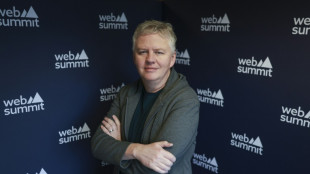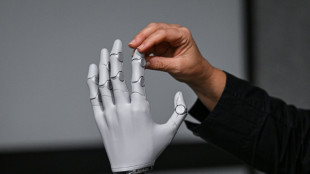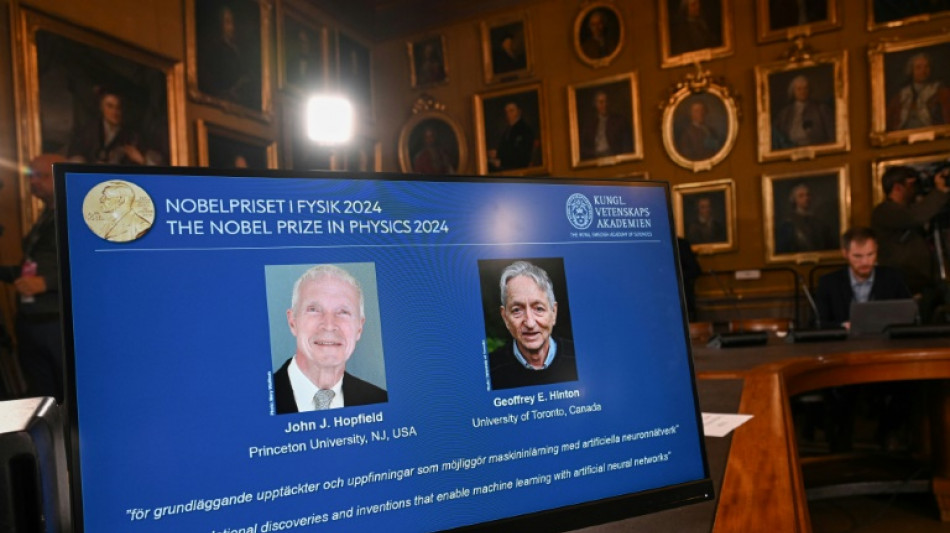
-
 Sinner caps eventful year with ATP Finals triumph over great rival Alcaraz
Sinner caps eventful year with ATP Finals triumph over great rival Alcaraz
-
Portugal book spot at 2026 World Cup as England stay perfect
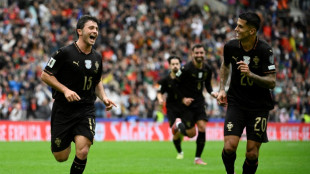
-
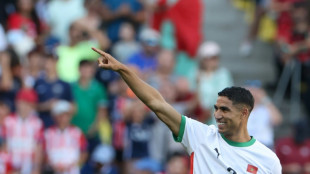 Hakimi, Osimhen, Salah shortlisted for top African award
Hakimi, Osimhen, Salah shortlisted for top African award
-
Sinner beats great rival Alcaraz to retain ATP Finals title
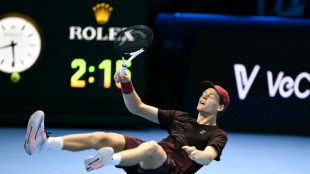
-
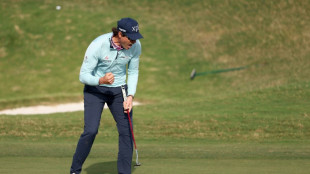 Schenk wins windy Bermuda Championship for first PGA title
Schenk wins windy Bermuda Championship for first PGA title
-
Crime, immigration dominate as Chile votes for president
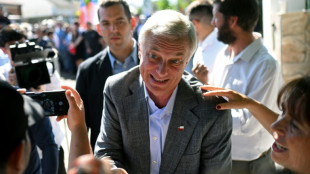
-
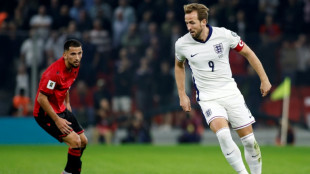 Kane double gives England record-setting finish on road to World Cup
Kane double gives England record-setting finish on road to World Cup
-
World champions South Africa add Mbonambi, Mchunu to squad

-
 Greenpeace says French uranium being sent to Russia
Greenpeace says French uranium being sent to Russia
-
'Now You See Me' sequel steals N. American box office win
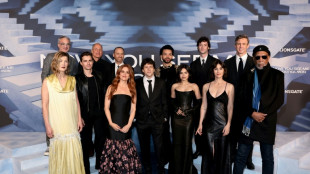
-
 Argentina beat Scotland after frenzied fightback
Argentina beat Scotland after frenzied fightback
-
Argentina beat Scotland after stunning fightback

-
 Pope urges leaders not to leave poor behind
Pope urges leaders not to leave poor behind
-
Pressure will boost Germany in 'knockout' Slovakia clash, says Nagelsmann

-
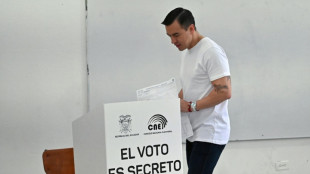 Ecuador votes on hosting foreign bases as Noboa eyes more powers
Ecuador votes on hosting foreign bases as Noboa eyes more powers
-
Portugal qualify for 2026 World Cup by thrashing Armenia

-
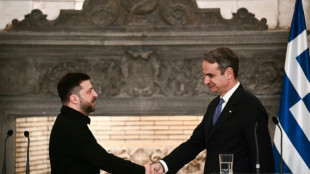 Greece to supply winter gas to war battered Ukraine
Greece to supply winter gas to war battered Ukraine
-
India and Pakistan blind women show spirit of cricket with handshakes

-
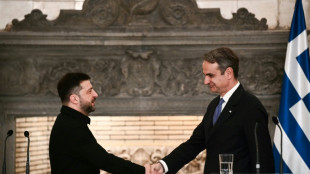 Ukraine signs deal with Greece for winter deliveries of US gas
Ukraine signs deal with Greece for winter deliveries of US gas
-
George glad England backed-up haka response with New Zealand win
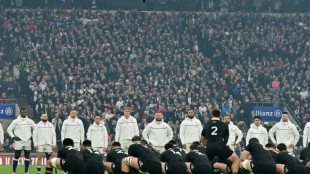
-
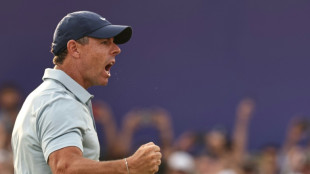 McIlroy loses playoff but clinches seventh Race to Dubai title
McIlroy loses playoff but clinches seventh Race to Dubai title
-
Ecuador votes on reforms as Noboa eyes anti-crime ramp-up
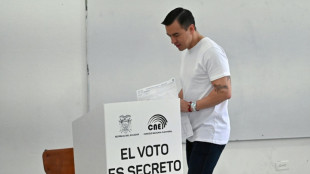
-
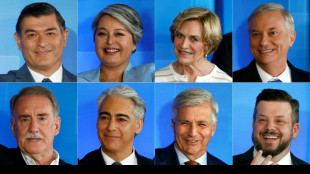 Chileans vote in elections dominated by crime, immigration
Chileans vote in elections dominated by crime, immigration
-
Turkey seeks to host next COP as co-presidency plans falter
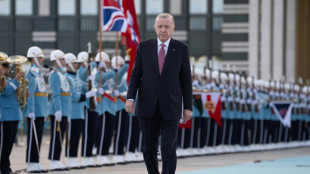
-
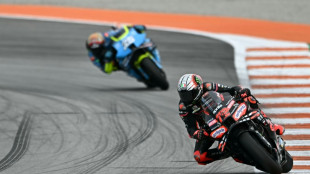 Bezzecchi claims Valencia MotoGP victory in season-ender
Bezzecchi claims Valencia MotoGP victory in season-ender
-
Wasim leads as Pakistan dismiss Sri Lanka for 211 in third ODI
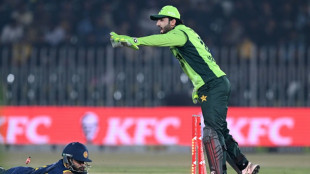
-
 Serbia avoiding 'confiscation' of Russian shares in oil firm NIS
Serbia avoiding 'confiscation' of Russian shares in oil firm NIS
-
Coach Gambhir questions 'technique and temperament' of Indian batters

-
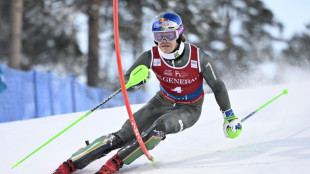 Braathen wins Levi slalom for first Brazilian World Cup victory
Braathen wins Levi slalom for first Brazilian World Cup victory
-
Rory McIlroy wins seventh Race to Dubai title

-
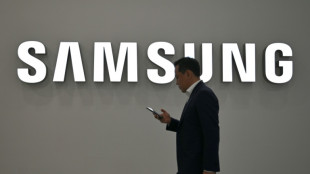 Samsung plans $310 bn investment to power AI expansion
Samsung plans $310 bn investment to power AI expansion
-
Harmer stars as South Africa stun India in low-scoring Test

-
 Mitchell ton steers New Zealand to seven-run win in first Windies ODI
Mitchell ton steers New Zealand to seven-run win in first Windies ODI
-
Harmer stars as South Africa bowl out India for 93 to win Test

-
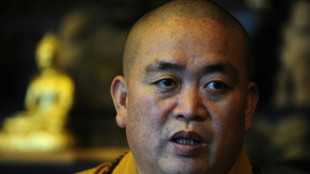 China authorities approve arrest of ex-abbot of Shaolin Temple
China authorities approve arrest of ex-abbot of Shaolin Temple
-
Clashes erupt in Mexico City anti-crime protests, injuring 120
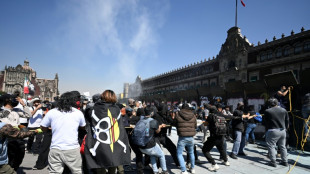
-
 India, without Gill, 10-2 at lunch chasing 124 to beat S.Africa
India, without Gill, 10-2 at lunch chasing 124 to beat S.Africa
-
Bavuma fifty makes India chase 124 in first Test

-
 Mitchell ton lifts New Zealand to 269-7 in first Windies ODI
Mitchell ton lifts New Zealand to 269-7 in first Windies ODI
-
Ex-abbot of China's Shaolin Temple arrested for embezzlement

-
 Doncic scores 41 to propel Lakers to NBA win over Bucks
Doncic scores 41 to propel Lakers to NBA win over Bucks
-
Colombia beats New Zealand 2-1 in friendly clash
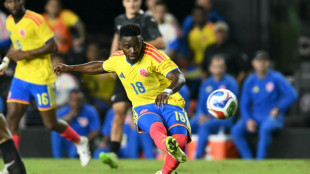
-
 France's Aymoz wins Skate America men's gold as Tomono falters
France's Aymoz wins Skate America men's gold as Tomono falters
-
Gambling ads target Indonesian Meta users despite ban

-
 Joe Root: England great chases elusive century in Australia
Joe Root: England great chases elusive century in Australia
-
England's Archer in 'happy place', Wood 'full of energy' ahead of Ashes
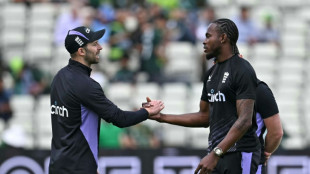
-
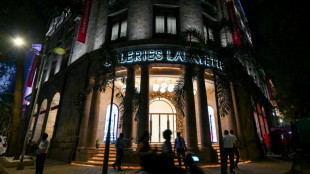 Luxury houses eye India, but barriers remain
Luxury houses eye India, but barriers remain
-
Budget coffee start-up leaves bitter taste in Berlin
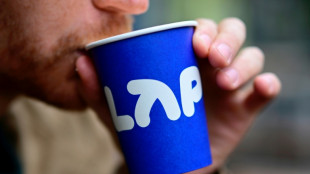
-
 Reyna, Balogun on target for USA in 2-1 win over Paraguay
Reyna, Balogun on target for USA in 2-1 win over Paraguay
-
Japa's Miura and Kihara capture Skate America pairs gold
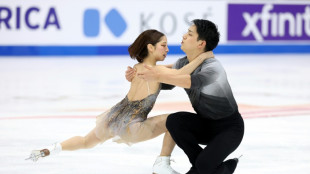

Neural networks, machine learning? Nobel-winning AI science explained
The Nobel Prize in Physics was awarded to two scientists on Tuesday for discoveries that laid the groundwork for the artificial intelligence used by hugely popular tools such as ChatGPT.
British-Canadian Geoffrey Hinton, known as a "godfather of AI," and US physicist John Hopfield were given the prize for "discoveries and inventions that enable machine learning with artificial neural networks," the Nobel jury said.
But what are those, and what does this all mean? Here are some answers.
- What are neural networks and machine learning? -
Mark van der Wilk, an expert in machine learning at the University of Oxford, told AFP that an artificial neural network is a mathematical construct "loosely inspired" by the human brain.
Our brains have a network of cells called neurons, which respond to outside stimuli -- such as things our eyes have seen or ears have heard -- by sending signals to each other.
When we learn things, some connections between neurons get stronger, while others get weaker.
Unlike traditional computing, which works more like reading a recipe, artificial neural networks roughly mimic this process.
The biological neurons are replaced with simple calculations sometimes called "nodes" -- and the incoming stimuli they learn from is replaced by training data.
The idea is that this could allow the network to learn over time -- hence the term machine learning.
- What did Hopfield discover? -
But before machines would be able to learn, another human trait was necessary: memory.
Ever struggle to remember a word? Consider the goose. You might cycle through similar words -- goon, good, ghoul -- before striking upon goose.
"If you are given a pattern that's not exactly the thing that you need to remember, you need to fill in the blanks," van der Wilk said.
"That's how you remember a particular memory."
This was the idea behind the "Hopfield network" -- also called "associative memory" -- which the physicist developed back in the early 1980s.
Hopfield's contribution meant that when an artificial neural network is given something that is slightly wrong, it can cycle through previously stored patterns to find the closest match.
This proved a major step forward for AI.
- What about Hinton? -
In 1985, Hinton revealed his own contribution to the field -- or at least one of them -- called the Boltzmann machine.
Named after 19th century physicist Ludwig Boltzmann, the concept introduced an element of randomness.
This randomness was ultimately why today's AI-powered image generators can produce endless variations to the same prompt.
Hinton also showed that the more layers a network has, "the more complex its behaviour can be".
This in turn made it easier to "efficiently learn a desired behaviour," French machine learning researcher Francis Bach told AFP.
- What is it used for? -
Despite these ideas being in place, many scientists lost interest in the field in the 1990s.
Machine learning required enormously powerful computers capable of handling vast amounts of information. It takes millions of images of dogs for these algorithms to be able to tell a dog from a cat.
So it was not until the 2010s that a wave of breakthroughs "revolutionised everything related to image processing and natural language processing," Bach said.
From reading medical scans to directing self-driving cars, forecasting the weather to creating deepfakes, the uses of AI are now too numerous to count.
- But is it really physics? -
Hinton had already won the Turing award, which is considered the Nobel for computer science.
But several experts said his was a well-deserved Nobel win in the field of physics, which started science down the road that would lead to AI.
French researcher Damien Querlioz pointed out that these algorithms were originally "inspired by physics, by transposing the concept of energy onto the field of computing".
Van der Wilk said the first Nobel "for the methodological development of AI" acknowledged the contribution of the physics community, as well as the winners.
"There is no magic happening here," van der Wilk emphasised.
"Ultimately, everything in AI is multiplications and additions."
R.AbuNasser--SF-PST



